According to Resolution 27, 9 types of allowances under the new salary regime from July 1 include allowances for concurrent positions; seniority exceeding the framework; regional allowances; job responsibilities; mobility; career incentives...
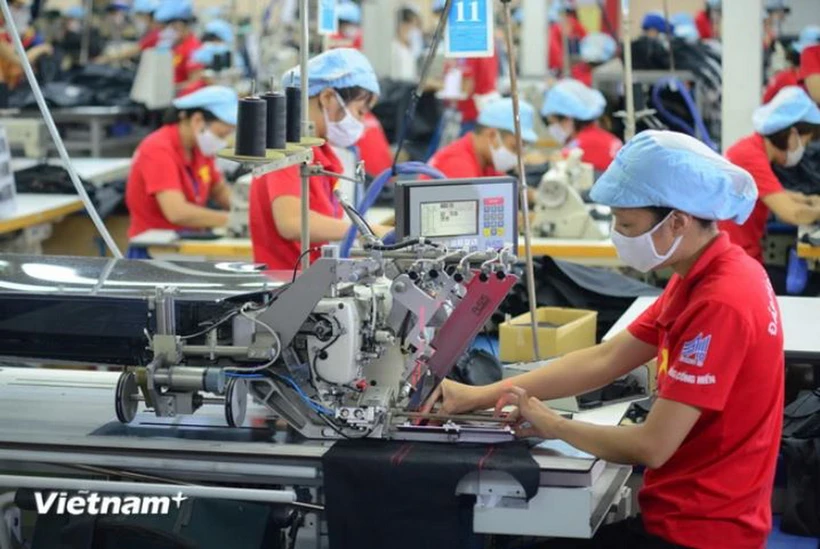
Pursuant to Resolution 27-NQ/TW in 2018, the Ministry of Labor, War Invalids and Social Affairs said that there are 9 types of allowances under the new salary regime from July 1, 2024.
According to the Ministry of Labor, War Invalids and Social Affairs, Resolution 104/2023/QH15 on the state budget estimate for 2024 states that the funding source for salary reform will come from the accumulation of the central budget, local budgets and a part allocated in the state budget balance expenditure estimate.
The resolution also mentions adjusting pensions, social insurance benefits, monthly allowances, preferential allowances for meritorious people and some social security policies currently linked to the basic salary.
From July 1, 2023, the basic salary will increase from VND 1.49 million/month to VND 1.8 million/month. With the salary reform, the public sector will abolish the basic salary and salary coefficient. The basic salary is built with a specific amount in the new salary table.
According to Resolution 27, 9 types of allowances under the new salary regime from July 1, including allowances for concurrent positions; seniority exceeding the framework; regional allowances; job responsibilities; mobility; career incentives; working in areas with particularly difficult socio-economic conditions; according to the classification of administrative units and according to the classification of public service units; applied specifically to the armed forces.
Also according to Resolution 27, the current allowance regimes will be rearranged to ensure that the total allowance fund accounts for a maximum of 30% of the total salary fund.
Allowances that continue to apply include allowances for concurrent positions; seniority exceeding the framework; regional allowances; job responsibilities; mobility; security, defense and special services for the armed forces (army, police, cryptography).
In addition, combining preferential allowances by profession, responsibility allowances by profession and toxic and dangerous allowances (collectively referred to as occupational allowances) applies to civil servants and public employees of professions and jobs with higher than normal working conditions and with appropriate preferential policies of the State (education and training, health, courts, prosecution, civil enforcement, inspection, examination, auditing, customs, forestry, market management, etc.).
Merge special allowances, attraction allowances and long-term work allowances in areas with particularly difficult socio-economic conditions into work allowances in particularly difficult areas.
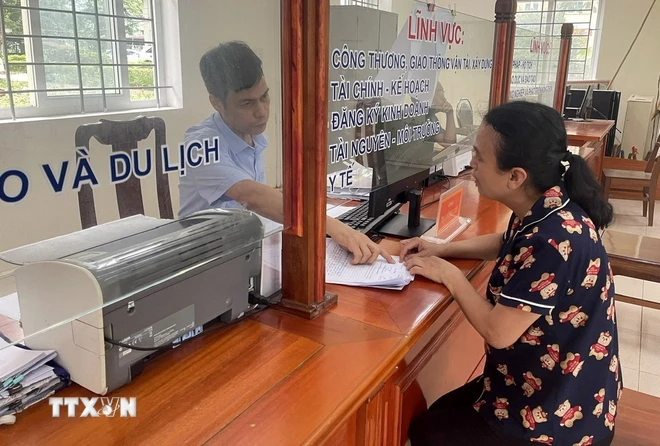
Resolution 27 also abolished seniority allowances (except for the military, police, and cryptography to ensure salary correlation with cadres and civil servants); leadership position allowances (due to salary classification for leadership positions in the political system); allowances for party work and socio-political organizations; public service allowances (due to being included in the basic salary); toxic and dangerous allowances (due to including working conditions with toxic and dangerous factors in occupational allowances).
Resolution 27 also has new regulations on allowances according to administrative unit classification for commune, district and provincial levels; consistently allocates monthly allowances for part-time workers at commune, village and residential group levels based on the regular expenditure ratio of the commune-level People's Committee; at the same time, stipulates the maximum number of part-time workers at each type of commune, village and residential group level.
On that basis, the People's Committee at the commune level shall submit to the People's Council at the same level for specific regulations on positions entitled to allowances in the direction that one position can undertake many jobs but must ensure the quality and efficiency of assigned work./.










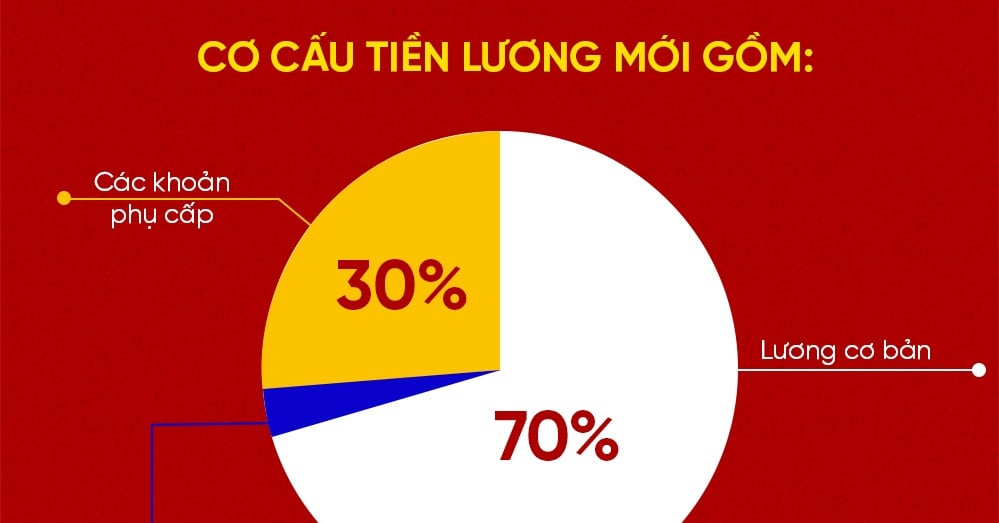












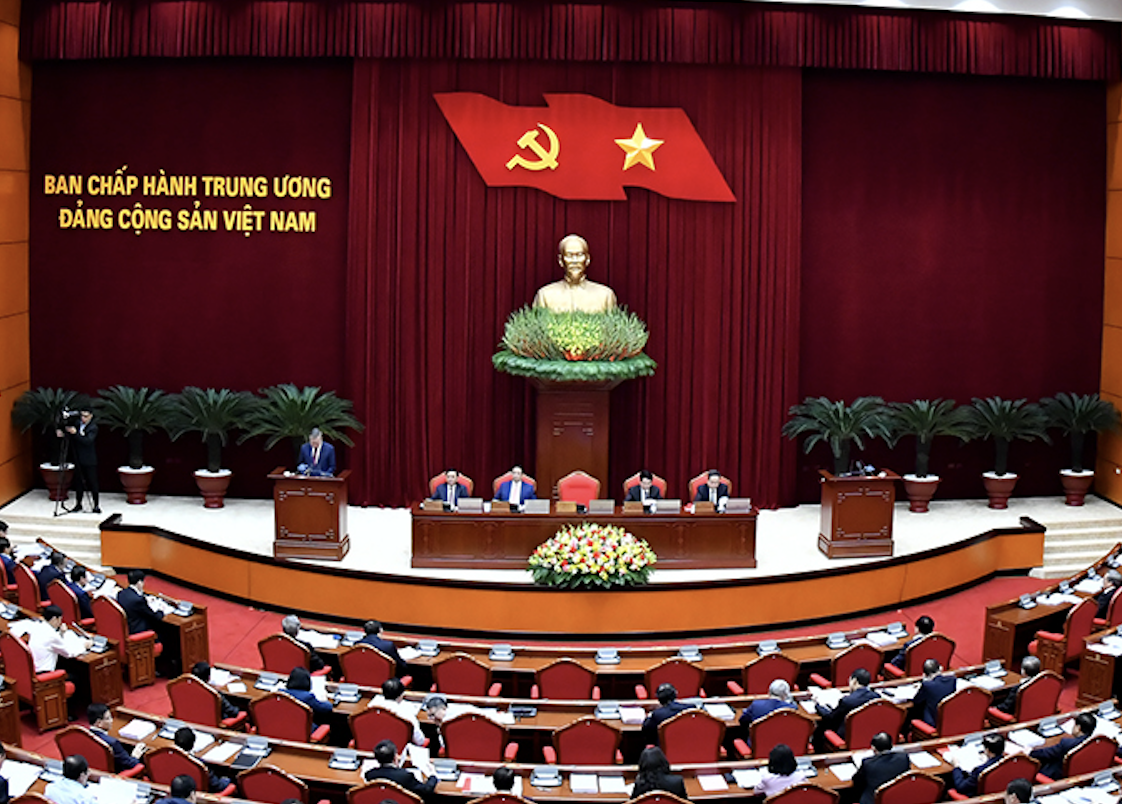














![[Photo] Prime Minister Pham Minh Chinh chairs Government Conference with localities on economic growth](https://vstatic.vietnam.vn/vietnam/resource/IMAGE/2025/2/21/f34583484f2643a2a2b72168a0d64baa)



























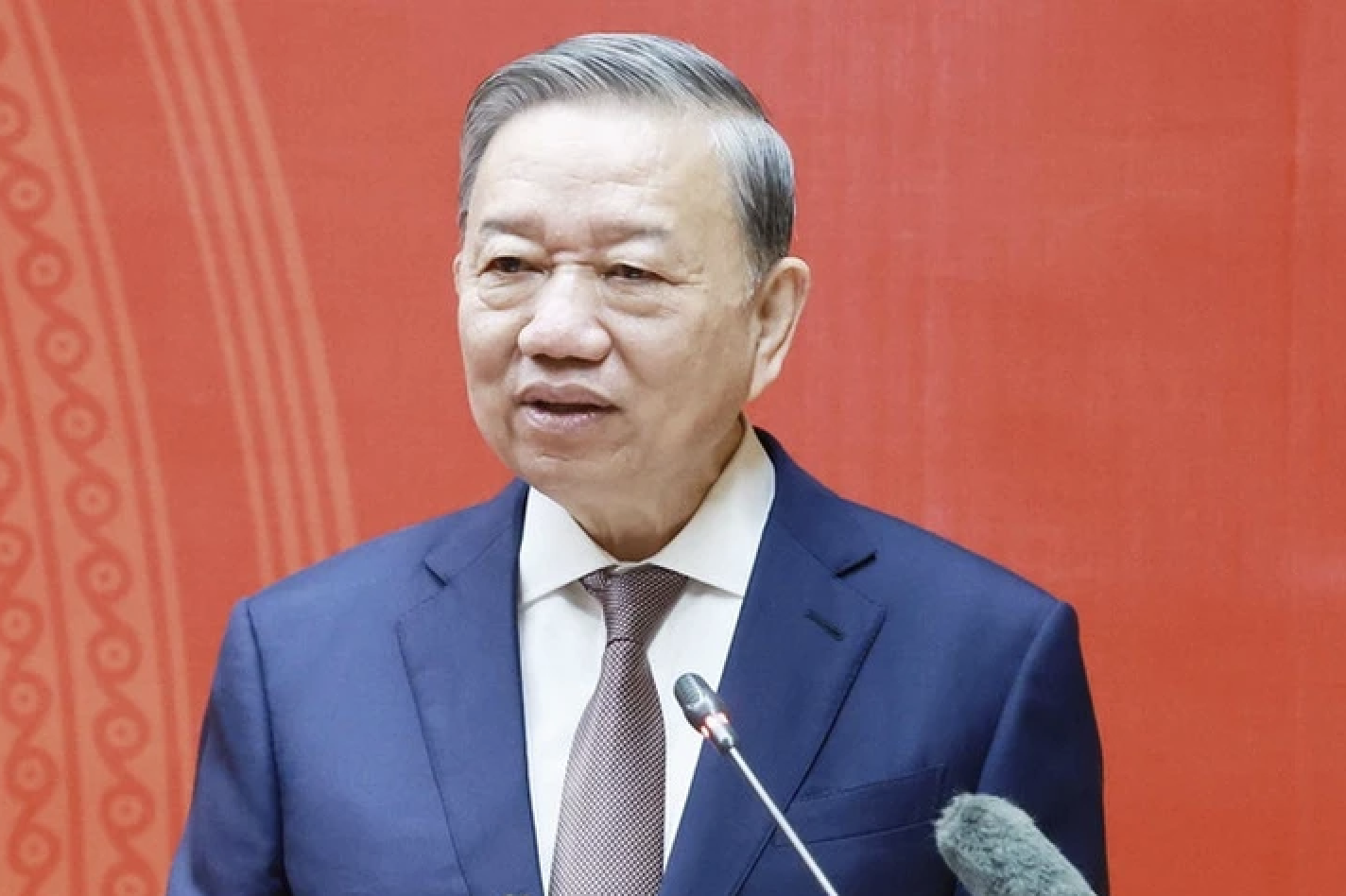
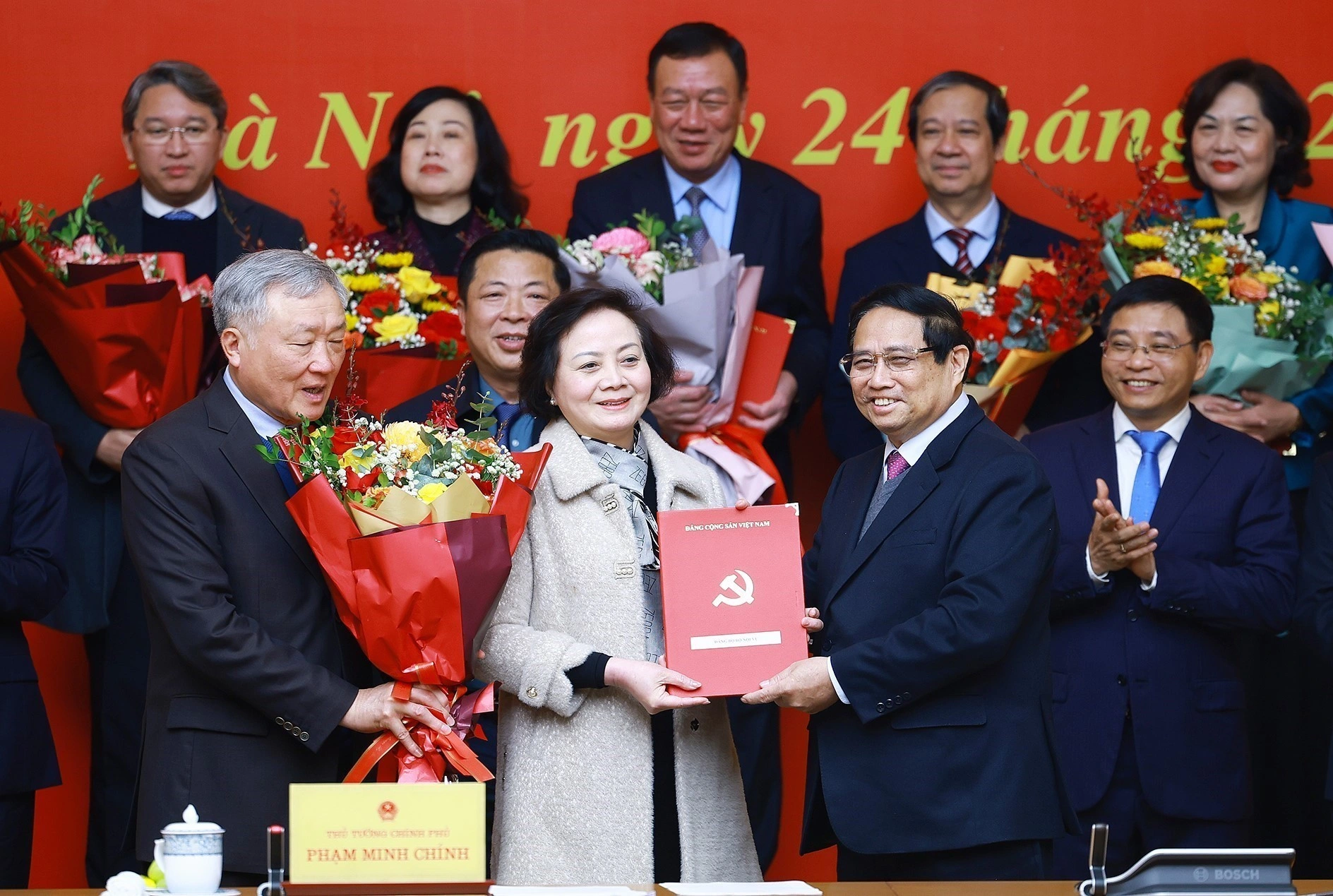



























Comment (0)